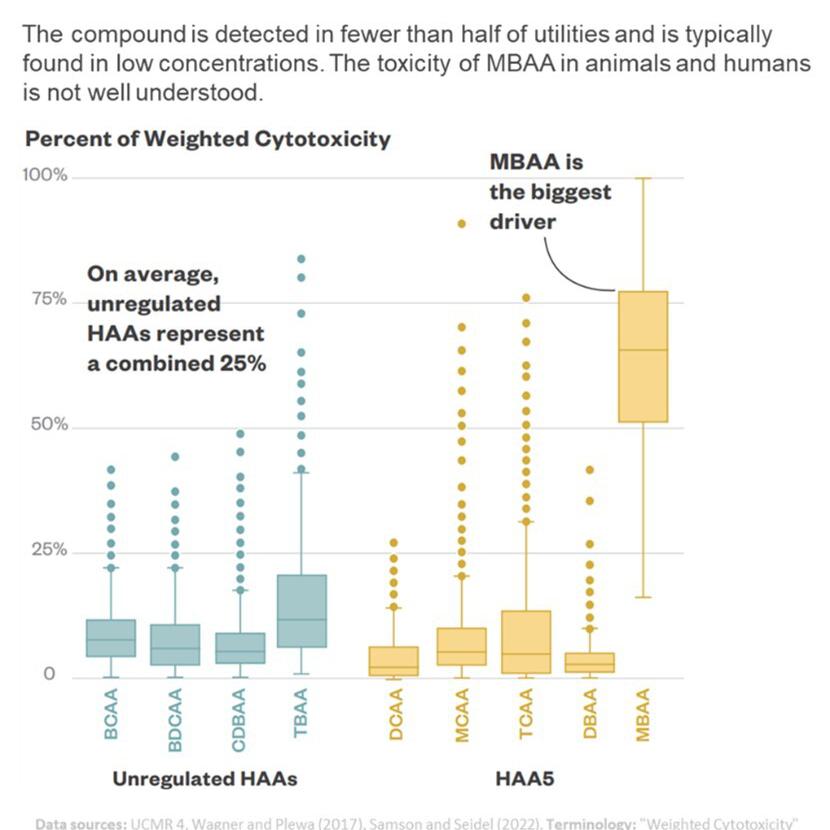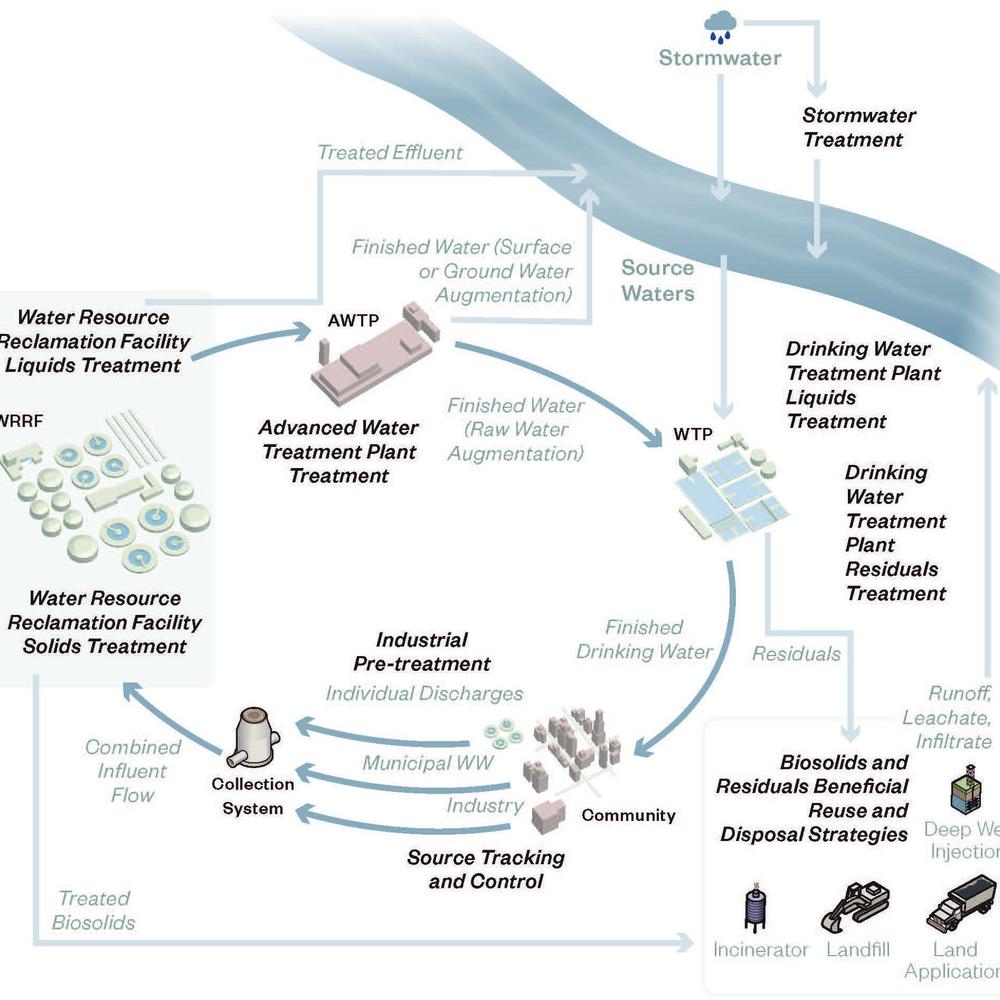A Stage 3 (Three!) Disinfection Byproduct Rule - What Could It Mean for GAC and Disinfection?
Last Modified Jul 06, 2022
With the US EPA considering future disinfection byproduct (DBP) rules, there is an urgent need to examine the implications of current treatment strategies such as granular activated carbon (GAC) use and disinfectant choice/application on emerging DBPs. The disinfection of drinking water has been rightly hailed as a public health triumph of the 20th century: chemical disinfectants, including chlorine, ozone, chloramines, and chlorine dioxide, are used to inactivate harmful pathogens in drinking water, and produce safe, potable water. However, these disinfectants are also powerful oxidants, and can chemically react with the naturally occurring organic matter (NOM) and also with bromide and iodide naturally present in some source waters to produce hundreds of known and unknown DBPs.
Hazen and Sawyer, in conjunction with academic partners (UC Boulder, USC Columbia, NCSU Raleigh) and numerous utility partners around the US, is conducting the most comprehensive assessment to-date regarding the ability of GAC treatment to control regulated and emerging DBPs in finished drinking water and the implication of disinfectant choice and application on those DBPs. Funded by Water Research Foundation Project #4560, our work in this area is based around developing a deeper understanding of the implications of GAC treatment outside of the paradigm of optimization for Stage 2 DBP Rule compliance though bench-scale testing, pilot-scale testing, and the application and refinement of our GAC optimization model.
While this is a relatively new project, this presentation will achieve several objectives that will be of interest to conference attendees. First, a contextual understanding of regulated and emerging DBPs will be presented with an overview of possible scenarios for a Stage 3 DBP Rule in light of the current regulatory environment at the national level. Second, an update on the WaterRF 4560 project will be presented with an eye towards providing attendees with a firm understanding of how the project results will help them plan for and adapt to future DBP rules. Finally, an overview of the GAC optimization tool that is being used currently for Stage 2 DBP compliance will be presented with information about how it is being adapted for potential Stage 3 DBP Rule scenarios.











